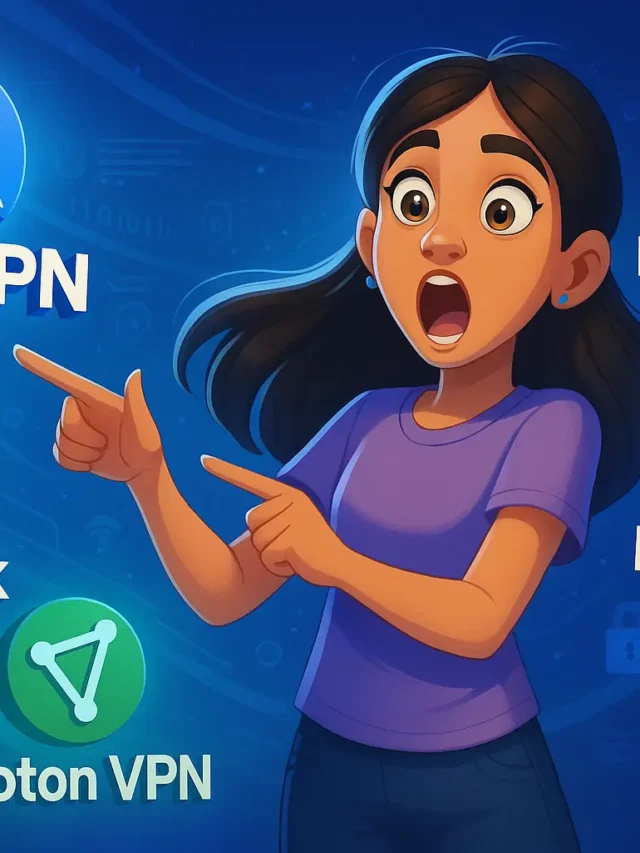In today’s high-tech world, threats aren’t always direct. They often come from your own partners and suppliers. Imagine a trusted update delivering malware to thousands of users all at once that is the chilling reality of supply chain attacks. From SolarWinds to MOVEit and even Oracle Cloud, attackers are increasingly targeting the network of third-party vendors and software providers. In this guide, we’ll explore software supply chain attacks, share supply chain attack examples, and reveal how to protect your systems.
What Is a Supply Chain Attack?
A supply chain attack happens when attackers infiltrate your systems indirectly by exploiting vulnerabilities in your software, hardware, or supplier relationships. It’s not just a vendor hack; once attackers plant malicious code in a package or update, it can spread to all users. These software supply chain attacks are ruthless, precise, and devastatingly effective

Notable Recent Supply Chain Attacks
- SolarWinds (2020): Hidden malware in a legitimate update infected 18,000 organizations.
- Okta (2023): Attackers used login access from support systems to breach customer accounts.
- JetBrains (late 2023): Vulnerabilities in its TeamCity server allowed remote code execution.
- MOVEit (June 2023): Cl0p ransomware used exposed file-transfer tool bugs to hit BBC, British Airways.
- Oracle Cloud (2025): A flaw allowed hackers to steal over 6 million records across 140,000 tenants.
Beyond malware, physical cargo theft within supply chains also rose 26% in 2024, illustrating diverse disruption forms.
What Are the Top 3 Causes of Supply Chain Disruptions?
In cyber and logistics alike, disruptions stem from:
- Third-party vulnerabilities, like unpatched libraries or weak vendor security.
- Complexity and misconfiguration, especially in CI/CD pipelines and software builds.
- Human error or social engineering, such as phishing into a supplier’s support desk.
Why Software Supply Chain Attacks Are Exploding
Open-source dependencies are everywhere in modern apps, so hijacking any one component can send malware flowing into thousands of systems . Attackers target email services, update mechanisms, build tools, and even CI/CD servers. Add state-sponsored groups and ransomware gangs, and it becomes a high-stakes battlefield.
How to Prevent Supply Chain Attacks
According to CISA and NIST, top defenses include secure development frameworks and continuous monitoring.
Do this:
- Enforce code signing and verify update integrity
- Use SBOMs to inventory all software components
- Implement static & dynamic analysis in CI pipelines
- Conduct regular vendor risk assessments and audits
- Deploy honeytokens to detect compromise early.
- Embrace zero trust security across systems. Learn more in Zero Trust Security: What It Is & How to Implement It?
What to Avoid
- Don’t skip code review or let automated scans run amok
- Don’t blindly trust third-party updates. Do scan regularly and sandbox them first
- Don’t avoid vendor assessments due to time or resource limitations
- Never ignore patches even “minor” fixes can patch serious holes
Top-Secret Tips Nobody Shares
- Use isolated build environments per project to reduce spread
- Apply ephemeral CI runner instances that vanish post-build
- Require multi-party code signing for critical components
- Use AI-based tools to detect dependency anomalies and malicious code
- Integrate your API tests with Top Backend Project Ideas: Perfect Picks for Portfolios & Resume to practice secure pipelines
Benefits of Strong Supply Chain Security
Better control of your software lifecycle. Reduced risks if a vendor is compromised. Faster detection and response times through continuous monitoring. And improved compliance and customer trust, especially if you’re handling sensitive or regulated data.

Real World Example: Oracle Cloud Breach
Attackers quietly exploited an unknown vulnerability and downloaded 6 million records across 140,000 tenants which demonstrates how software supply chain attacks can scale massively. This case highlights why security must include both development workflows and data extraction controls.
What to Do If A Vendor You Use Gets Breached
- Isolate affected systems immediately
- Revoke credentials and rotate secrets
- Cross-check your SBOMs for impacted components
- Monitor logs for suspicious inbound/outbound communications
- Notify stakeholders and ask vendors for forensic details
- Follow What to Do If Your Data Is on the Dark Web (Step-by‑Step Guide) if data may be leaked
The Future is Secure DevOps
The world is moving toward supply chain transparency with:
- SBOMs as mandatory components
- Secure Linux distributions like Wolfi from Chainguard
- Legislation driving adoption of best practices
Combine this with continuous learning like enrolling in Best free coding course that are even better than your college degree and you stay ahead in a shifting security landscape.
Final Takeaway
From cargo theft to swapped software, supply chain attacks are real and relentless. But a layered defense strategy such as identity control, hardened build systems, CI/CD checks, and ongoing monitoring which gives you the upper hand. Start today by auditing your dependencies, enforcing code signatures, and training your team. The first step to preventing supply chain attacks is awareness and you’re already here.
Want deeper guides? Try a free vulnerability scanner or SBOM generator. Or check out recommended software that shreds silent threats. Let this knowledge be your shield and bring others along as you build a safer digital world. ALIGN with best practices, protect your networks, and never stop improving.
A common example is SolarWinds, where malicious code was hidden in a trusted software update, affecting 18,000 organizations. Other cases include MOVEit and Oracle Cloud breaches.
Use code signing, maintain SBOM, enforce microsegmentation, vet vendors regularly, and deploy honeytokens to detect suspicious activity.
Major causes include third-party vulnerabilities, overly complex configurations in CI/CD pipelines, and phishing or social engineering aimed at suppliers.
A software supply chain attack injects malicious code into software components or updates delivered through legitimate vendor channels, compromising all users.
High-profile incidents include SolarWinds (2020), MOVEit (2023), JetBrains TeamCity flaw, and the 2025 Oracle Cloud data breach.





















